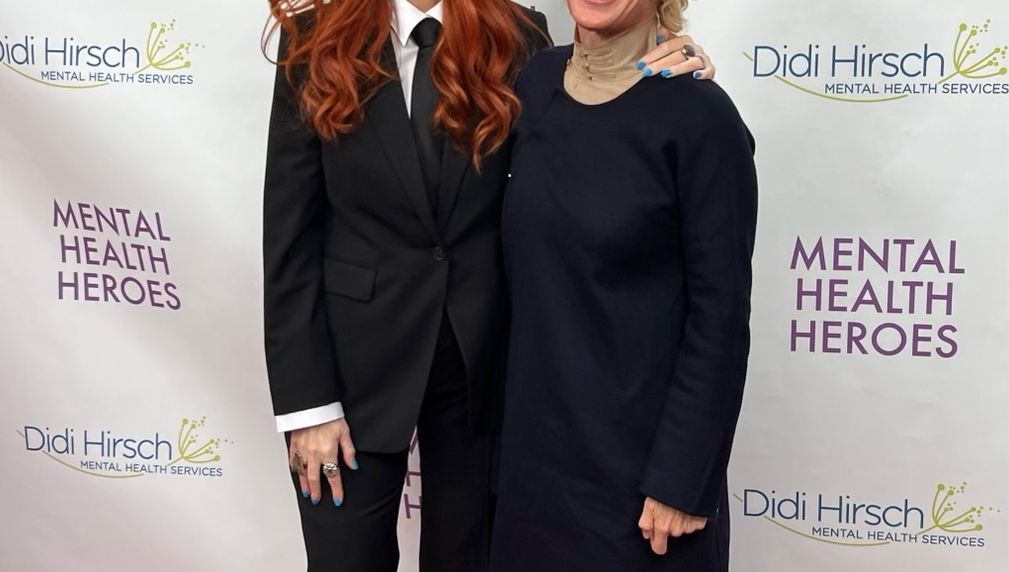Fostering Care - Trauma Healing and Trade School
Fostering Care's unique training and trade certifications present a strategic collaboration and forward-thinking approach that extends the program's impact beyond the classroom to assist youth aging out of Foster Care in leading prosperous lives.
Trade Certifications:Cast Zero Abuse Project Certification (college credit),Community Resilience Model (CRM), David Elliot Breathwork Teacher, Trauma-Resilient Professional, Food Handlers, Occupational Safety Health Admin (OSHA), Peer-to-Peer Certification, Accredited Learn4Life on-site Classroom.

What is the primary issue area that your application will impact?
Support for foster and systems-impacted youth
In which areas of Los Angeles will you be directly working?
County of Los Angeles (select only if your project has a countywide benefit)
In what stage of innovation is this project, program, or initiative?
Pilot or new project, program, or initiative (testing or implementing a new idea)
What is your understanding of the issue that you are seeking to address?
Studies show that 80-90% of youth aging out of foster care end up homeless, in prisons, or commit suicide. Currently in Los Angeles County, over 40% of the Homeless population are from the Foster Care system.
The Department of Education states that "In the U.S. today, approx. 400,000 youth are in foster care at any given time. Each year about 20,000 of these youth age out of the system. A positive education experience has the potential to be a powerful counterweight to the abuse, neglect, separation, impermanence, and other barriers these vulnerable students experience. Additionally, participation in and persistence to a postsecondary credential can enhance their well-being, help them make more successful transitions to adulthood, and increase their chances for personal fulfillment and economic self-sufficiency."
Describe the project, program, or initiative this grant will support to address the issue.
Fostering Care offers a revolutionary new potential for these statistics - allowing for a major decrease in the financial drains on society - adding healthy, highly resilient, trauma-informed, self-actualized youth to the workforce.
Set to commence in Los Angeles County, in 2025, Fostering Care's trail-blazing nature lies in its holistic approach to prosperity for youth exiting a brutal system into a world they are bitterly unprepared for - reshaping the narrative for their futures.
As a former youth aged out of foster care and a longtime advocate and mentor through KIDSAVE, Fostering Care founder, Angela Featherstone, has real first-hand expertise on what kinds of care and support these youth need to survive and thrive in life. Our programs, training, and trade certifications will actively shape the future landscape of mental health practitioners and educators, and curtail the staggering and devastating statistics youth aging out of foster care currently face.
Our graduates exit into a robust post-graduate career pipeline with jobs waiting as trauma-informed educators and healing practitioners in the very systems; foster care, juvenile justice, etc, that they came from -with the next generation of youth "aging out" in the hopes of creating better futures for them. We also address the current need for mental health workers with lived experience.
Describe how Los Angeles County will be different if your work is successful.
Fostering Care graduates will emerge fortified, mind, body, and soul into a robust, career pipeline: Our career pipeline includes numerous trauma-informed, state-certified trades, college credits, and personalized education plans as well as finishing high school requirements through our accredited Learn4Life on-site classroom. In a world grappling with a global mental health crisis and a profound need for people with lived experience as teachers and leaders, Fostering Care graduates will be well-positioned to meet this demand.
Improved health outcomes and reduced need for emergency services, hospitalizations, and mental health interventions can result in substantial cost savings while helping individuals secure stable employment, the intervention can increase economic productivity and reduce dependency on social welfare programs.
Approximately how many people will be impacted by this project, program, or initiative?
Direct Impact: 90
Indirect Impact: 1,000,000,000